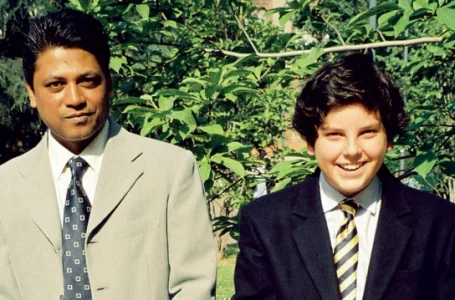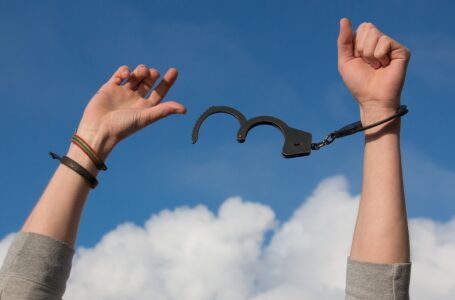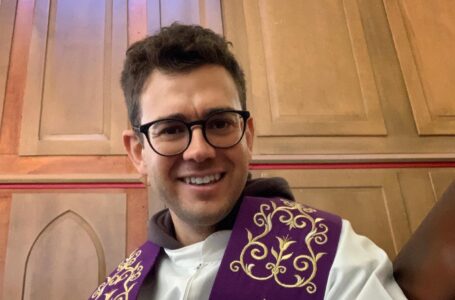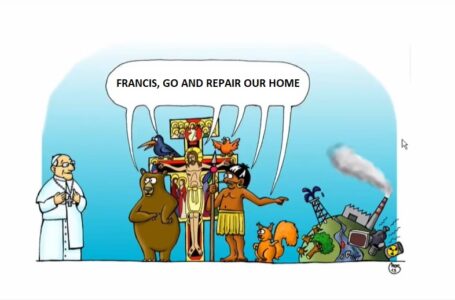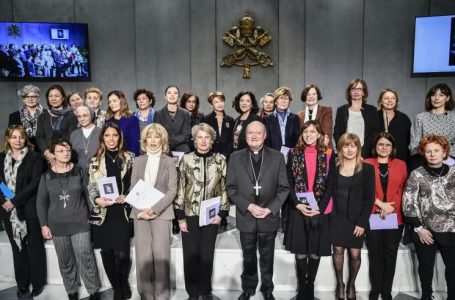Idolatry or Faith? A Fine Line
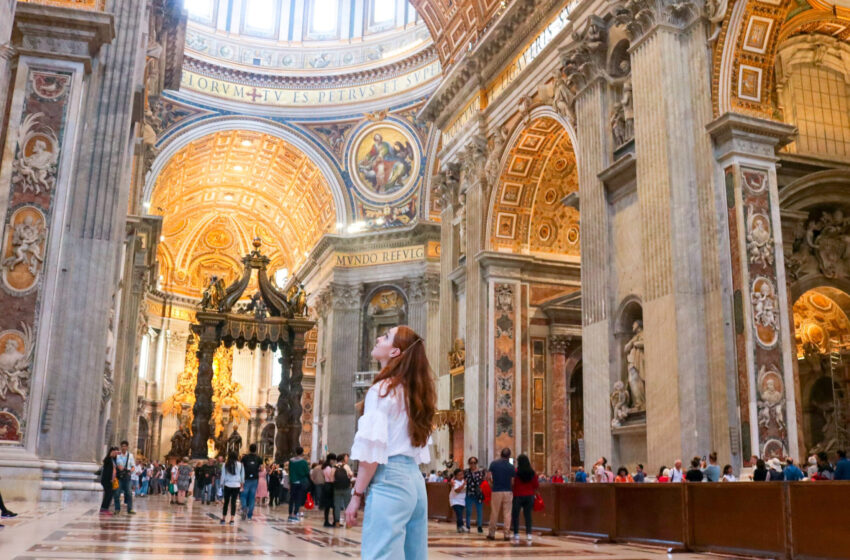
There often appears to be a fine line between ‘genuine faith’ and ‘idolatry’. Where does authentic worship end; when does idolatry begin? In this article, Manuel Abdilla explores the multifaceted nature of “prayer”; outlining the importance of appreciating different forms of worship – including traditional forms, such as pilgrimages and worship through ‘external symbols’.
What is prayer?
Manuel: At the end of each day – when “the curtain” closes and the applauding hands are no longer audible, when our possible mask falls – a remarkably fragile person is discovered. What is discovered is a human being that, some argue, is not really ‘a person’ but an amalgam of images and masks.
I take this context to be an essential element when coming to define what prayer is. Personally, I take prayer to be essentially characterised by “silence”. This kind of silence is a silence to which one need not demonstrate, perform, or do anything. It is a silence in which one truly accepts one’s brokenness. This is indeed a very personal experience, featuring two faces which, at first glance, may seem distant or unbridgeable, namely: the face of a loving God and the face of a broken humanity. Indeed, because prayer is, in a deep sense, God’s love for our brokenness, for what we are.
Does society tend to look down upon certain forms of prayer?
Manuel: Society does look down upon certain forms of prayers. I’m afraid that many professions have attempted to interpret and thus reduce what goes on in the human heart when praying to God. Here, I also have in mind processions and pilgrimages. It seems that these forms of worship are practised mostly by the ‘working class’, and are looked down upon by the ‘middle class’. For instance, some have argued that people walk the procession of Our Lady of Sorrows simply because they identify their sorrows with those of Our Lady and not because they truly believe. This sounds like a gross generalisation! How can one argue that every person that walks behind the effigy of Our Lady of Sorrows does so simply because of this identification? To me, it seems more of a projection or an assumption to think so.
Moreover, many argue that we need a more authentic kind of religion. Although we must always strive more toward this, these critics frequently attempt to ‘disney-fy’ religion and equate it with mere entertainment. Unfortunately, locally there is a tendency to make novel kinds of entertainment out of Processions, but, again, it is grossly wrong to think that the ‘ill-intention’ of some people is everybody’s. Aestheticism (i.e. reducing worship to mere entertainment) is unfortunately a reality, but it is not the complete reality.
In one sense, all Feasts and with them all Processions are an important reminder (or should be) that divine love triumphs over death! They are also an expression of hope; a transgression of the ‘everyday’ to keep reminding us of the relation between hope and love.

What do you think is the relation between external forms of prayer and idolatry?
Manuel: Anybody who thinks of external forms of worship as blatant paganism (i.e. or as idolatry) is implicitly denouncing the Incarnation. This is because, Christ chose a human body to make the salvific mysteries present. Christ chose an external sign to express a spiritual reality.
In this light, the “symbol” should not be seen as being equally important as the representation. Indeed, after all, statues could in fact be potential means of idolatry and some people do have a faith that is indeed limited to only the days of the feast. But all of these cases misinterpret and misconstrue the fundamental role that “symbol” should play.
I was always intrigued when noticing that the people one never sees in church would turn up when the statue of Our Lady leaves its niche. While some may rush to accuse such people of hypocrisy, it is, I think, a mistake. This perspective often fails to take into account the internal journeys of people. While faith should not be linked exclusively to a statue, one should never eradicate any thread that holds the relationship of people to the faith (i.e. even though one’s faith shouldn’t and cannot only depend on a statue). The point here is that the atmosphere of the church, together with the aesthetics, could be a potential means for one to reinvigorate their faith. These ‘in-betweens’ (i.e. these signs and symbols) can make certain realities more present and reachable to us.
Sometimes, different people have different ways in which they access the sacred. Some access it through words, some through music, some through silence, and some others access it through pictures and sculptures.
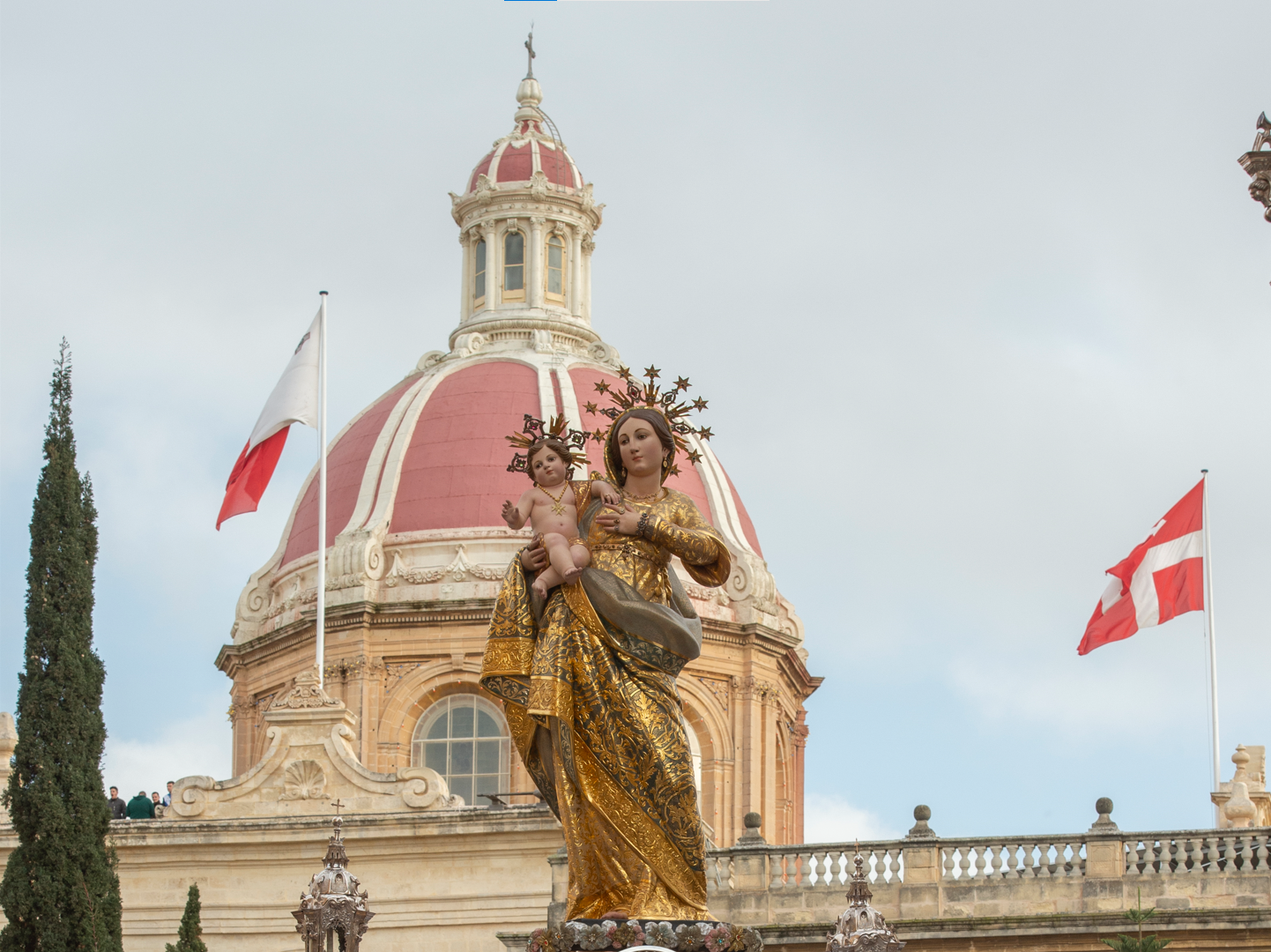
This coming Sunday a pilgrimage with the Statue of Our Lady Mediatrix of All Graces will start at 4:15pm from the church of Żabbar. This is a pilgrimage that is enacted as a way of immersing us deeper in the spirt of Lent. On behalf of the committee of the People’s Sunday’s pilgrimage, we invite you to this event, with the participation of His Grace, Archbishop Scicluna.
Manuel Abdilla is 25 years old. He is currently occupying the role of a teacher at one of Malta’s local schools, and he is mainly interested in Art, Contemporary Philosophy, Literature, Liturgy, the history of the clergy post world war I and before Vatican II, and the history of the church during the reign of Pius XII.
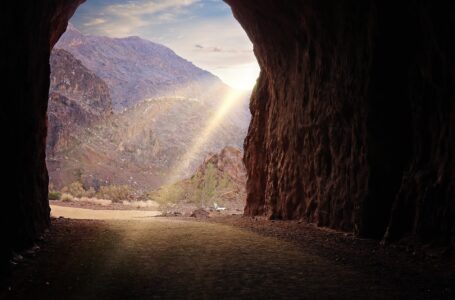
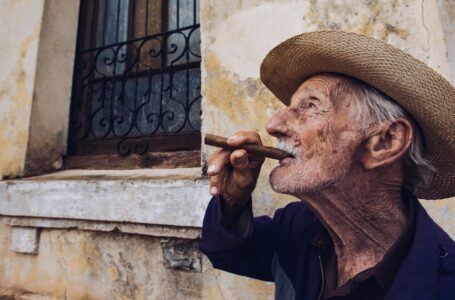 Mehmet Turgut Kirkgoz
Mehmet Turgut Kirkgoz

